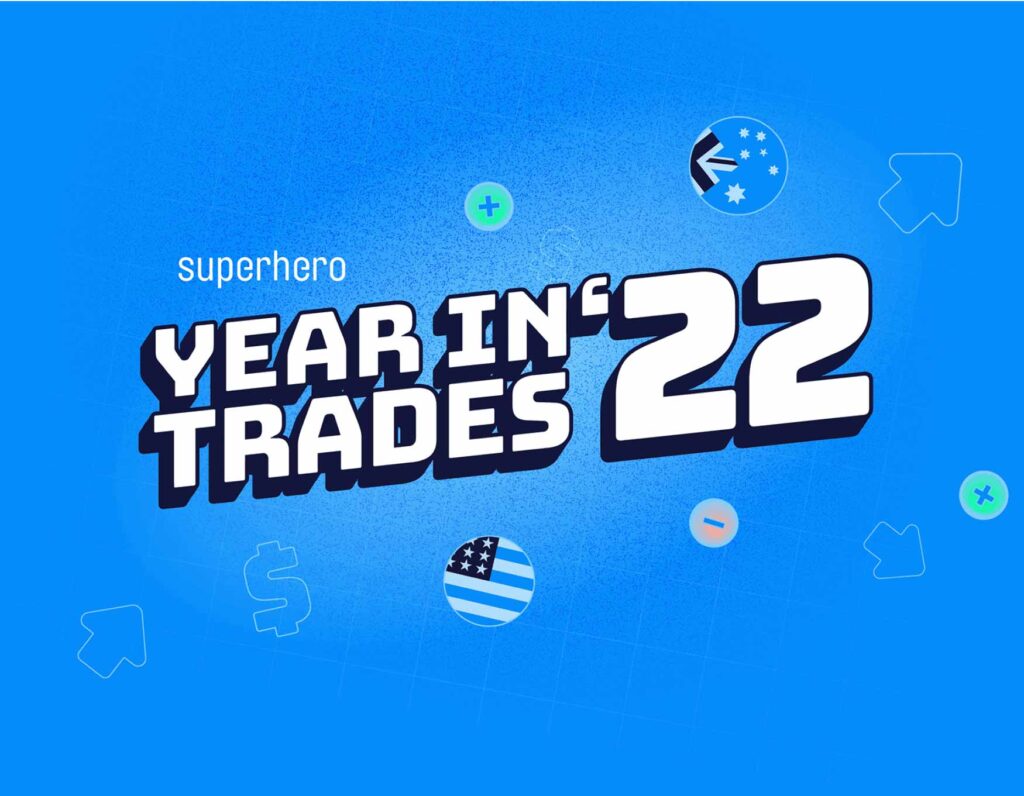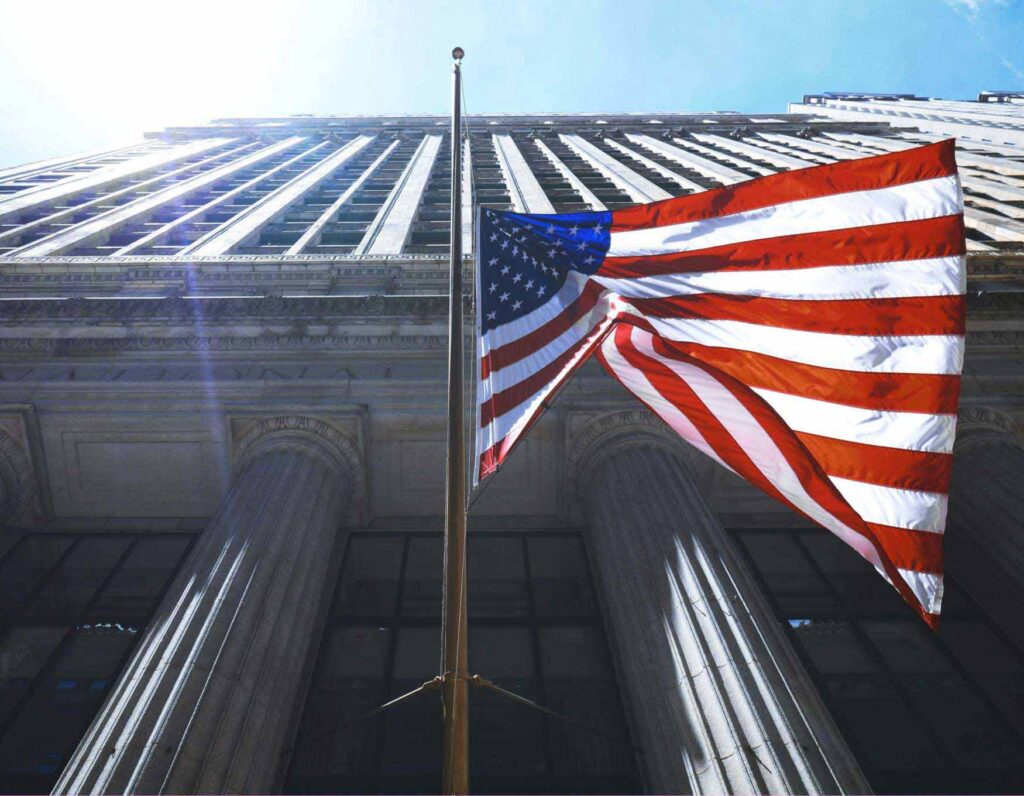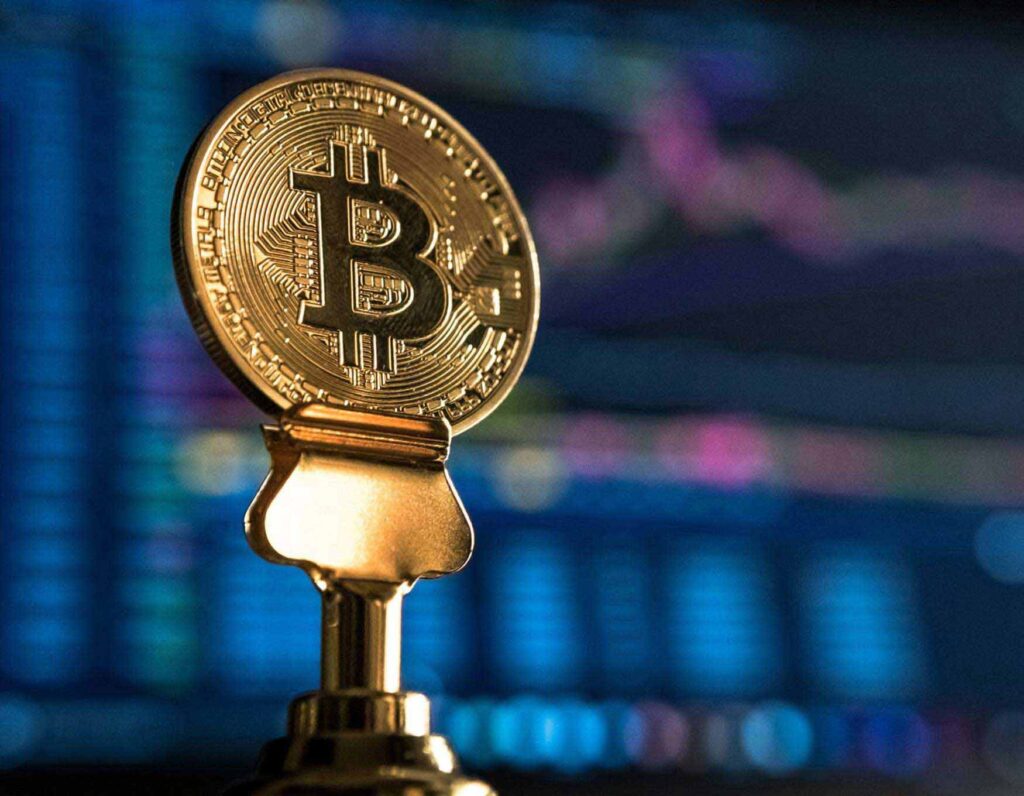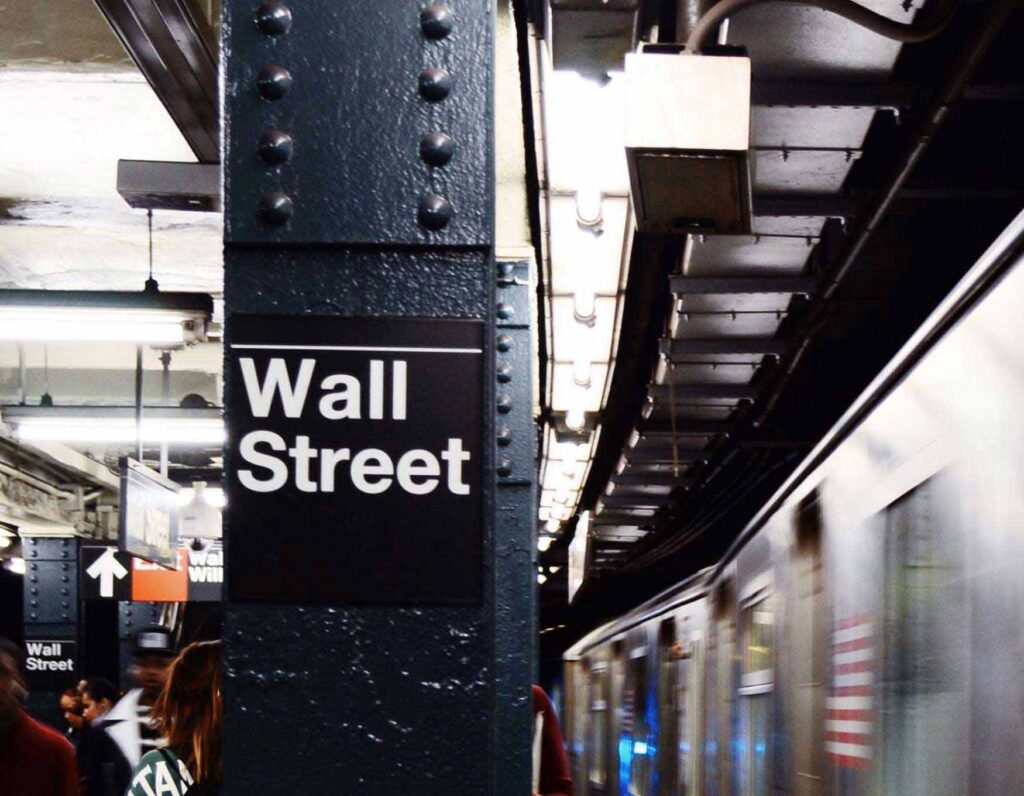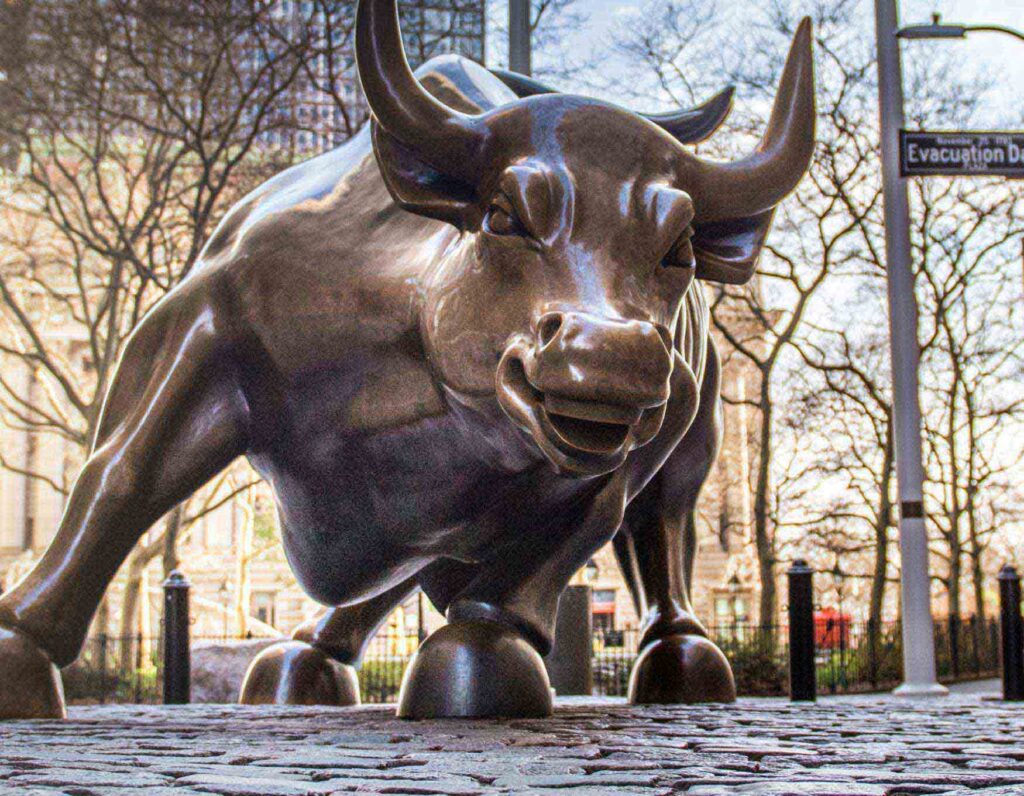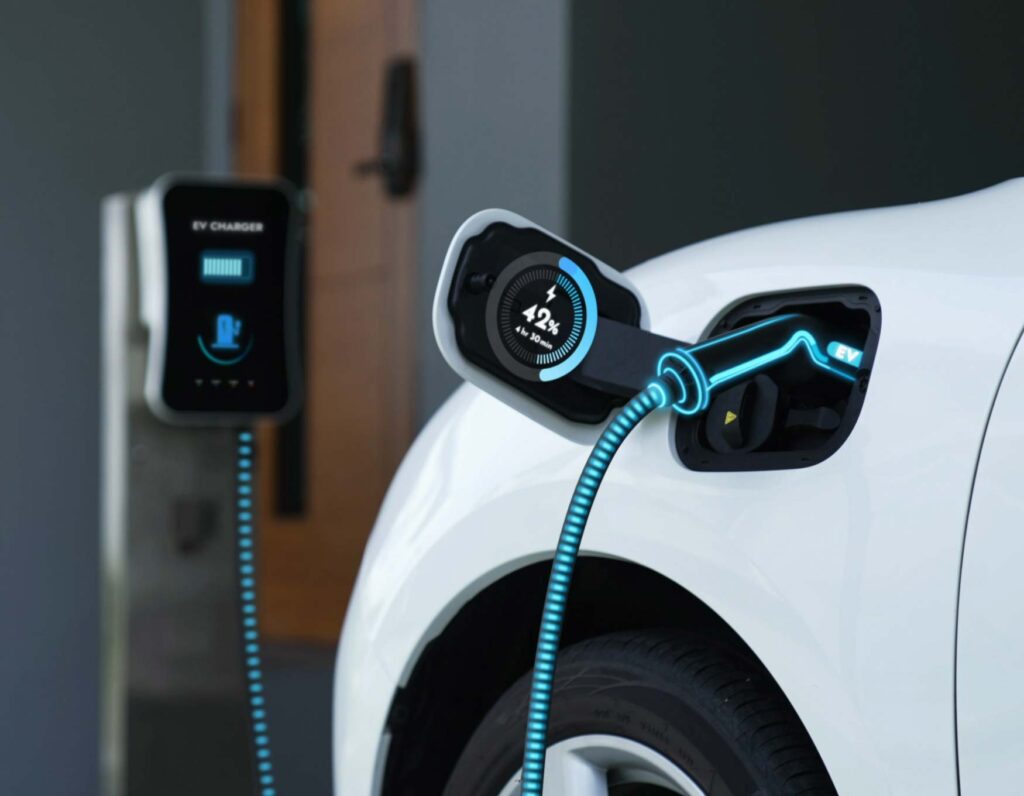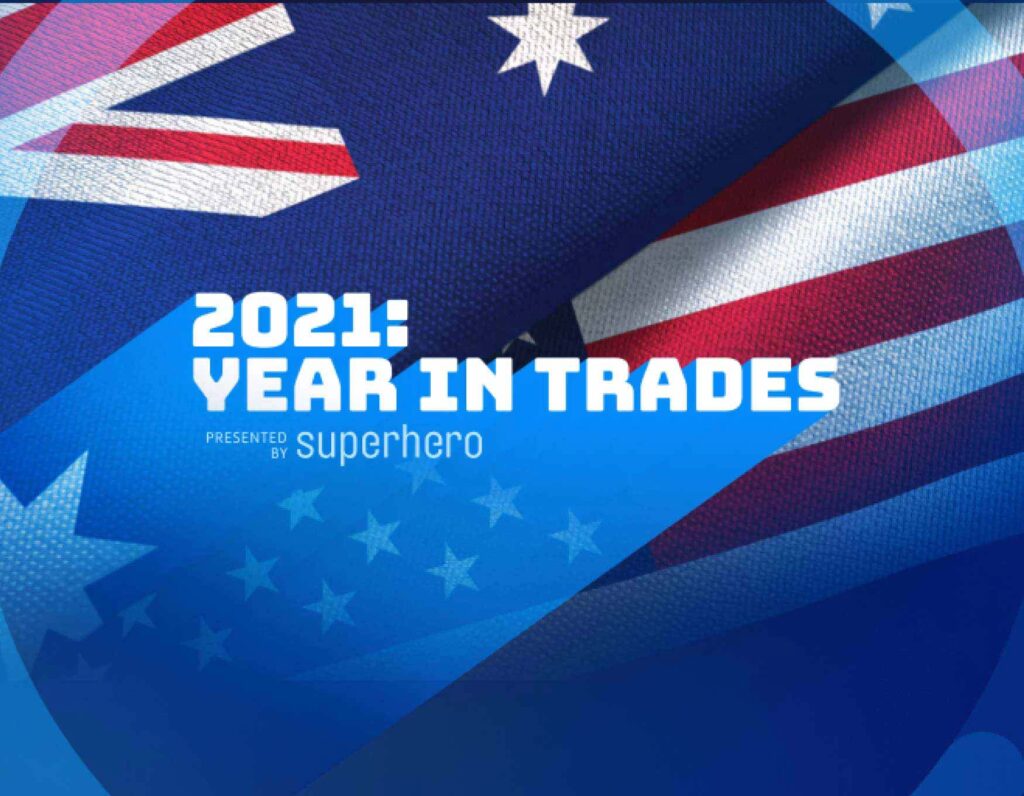What is buy-now pay-later?
Just another way for Millennials to get what they want, when they want. Credit cards without the interest and annual fees? Disruptive innovation or simply lay-buy for the digital age?
You won’t find a financial services product that’s more discussed than buy-now pay-later (BNPL). Some of the biggest companies in the world are getting in on the action and investors need to know how to make sense of it.
From a product perspective BNPL works like a credit card but without interest. The buyer purchases something nice and gets it on the spot. Sorry, why is instant gratification bad again? The purchaser then pays for the product in instalments. The platforms mostly make money by charging the retailer a transaction fee. But, if the buyer can’t make their repayments, they can be slapped with a late fee. Oh, that’s why…
How big is BNPL?
It’s big. But how big? Because BNPL doesn’t charge interest it’s mostly unregulated, which means there’s no official data. The Reserve Bank of Australia (RBA), the boffins who guide our interest rates (mostly to record lows btw), estimated transactions for ASX-listed BNPL providers surged 55% to $10 billion in 2019-20.
Fidelity National Information Services, a Fortune 500 company, also had a crack at measuring BNPL. Fidelity said BNPL represented 10% of all e-commerce transactions in Australia in 2020.
In the U.S., Fidelity said BNPL transactions were just 1.6%, which means there’s a lot of upside!
Where can I invest?
Investors curious about the BNPL story have three main destinations: Australia, the U.S. and conglomerates.
Australia
Everyone in Australia has heard of Afterpay. That’s because Australia is the spiritual home of BNPL and Afterpay is the king. Founded in 2014, Afterpay has been listed on the ASX since 2017, although the company has started discussions about moving its listing to the U.S. Afterpay offers users a maximum account limit of $2,000, four equal fortnightly payments and a $10 late fee.
Also jostling for position on the ASX are Zip Co and Sezzle. Zip, which actually listed a year earlier than Afterpay, charges monthly account fees – which you can avoid by paying your full monthly balance on time – instead of late fees. Sezzle is a bit of a strange one because it’s listed on the ASX but only available in North America.
Other notable Aussie BNPL companies are OpenPay, SplitIt and LayBuy.
The U.S.
For investors, Affirm is America’s answer to Afterpay. Listed on the NASDAQ, the fintech does in fact charge interest but not compound interest (the stuff your parents should’ve warned you about). Affirm only charges interest on the ‘principal’, i.e. the amount you paid for the product.
Klarna is the second largest BNPL provider in the U.S. according to Cornerstone Advisors, one spot ahead of Affirm but trailing PayPal. While the Swedish company isn’t listed, its CEO has spoken openly about the possibility, with the U.S. the most likely destination.
Conglomerates
Meanwhile, companies such as Apple, Commonwealth Bank and Latitude Financial are getting in on the act. All these companies have either released their own BNPL product or are preparing to launch shortly.
How have investors done so far?
Well how’s Robert Downey Jr done in the Iron Man suit? The main reason why BNPL is so hot in Australia is because share prices have rocketed. Since the beginning of 2020, Afterpay has surged 247% to secure a market capitalisation of over $30 billion. It’s bigger than Coles!
Zip Co meanwhile has shot up 99% to a market cap of $4 billion and Sezzle has risen an eye-watering 490% to $840 million. Over the same period, the benchmark S&P/ASX 200 Index has lifted just 8%.
In the U.S. things are not as rosy yet. Affirm shares have lost more than 50% of their value. Although the company only started trading in January – and in a crowded market. Still, the S&P 500 has risen 12.2% over the same period, which means U.S. BNPL investors are probably looking forward to Afterpay’s NASDAQ listing.
The interesting thing is the incumbents. Commonwealth Bank and PayPal have both risen 22% since the start of 2020. Nothing to thumb your nose at, sure, especially in a pandemic. But it’s no Afterpay. The reality is buying Commonwealth Bank or PayPal means buying all the old boring stuff they do as well.
What could happen next?
Needless to say, the sector is competitive. Very competitive. Which is weird because it doesn’t make any money.
None of the pure BNPL companies make a profit. Like Facebook vs MySpace vs Google+ (remember that? Me neither), BNPL is a turf war. There’s huge cashburn. Most investors are cheering them on. But some say that BNPL stands for buy-now-profit-later. Consolidation is inevitable (some of them are gonna die).
Regulators are also looking very closely at reigning in the sector amid predictions that defaults will rise. With so many large global players entering the market it’s clear that BNPL is here to stay. Who will reign supreme in the race for Aussie’s wallets? Only time will tell.

Become a part of
our investor community
Why you should join us:
- Join free and invest with no monthly account fees.
- Fund your account in real time with PayID.
- Get investing with brokerage from $2. Other fees may apply for U.S. shares.
Read our latest articles
Make knowledge your superpower and up your skills and know-how with our news, educational tools and resources.

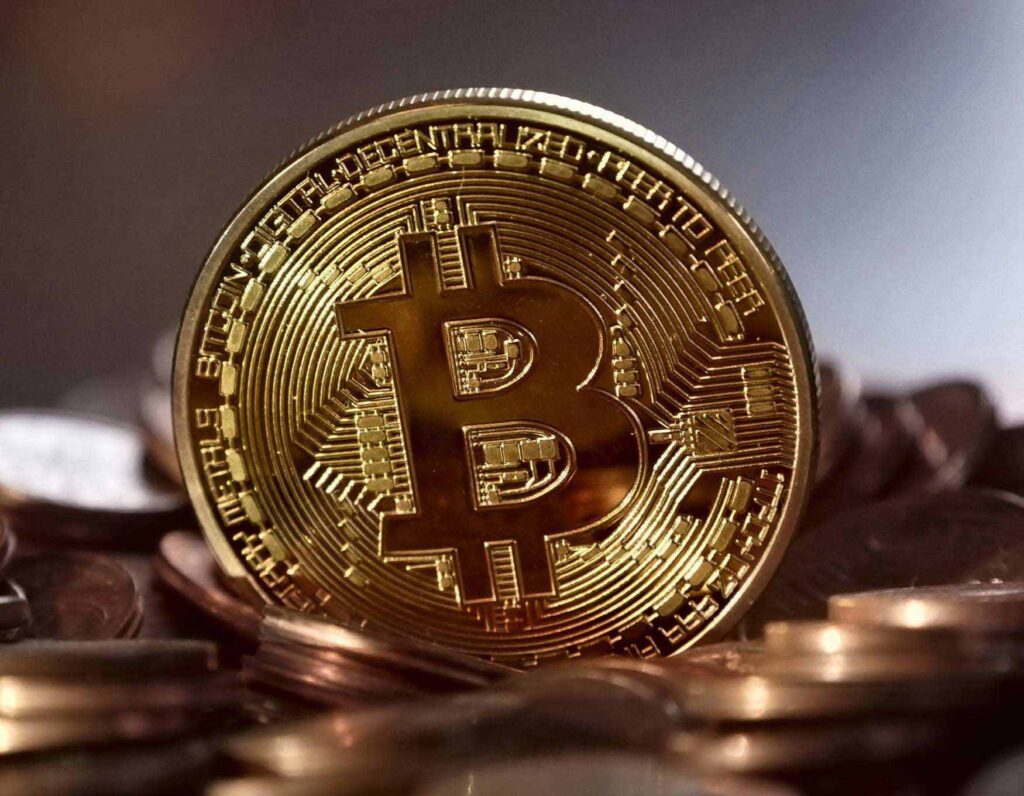
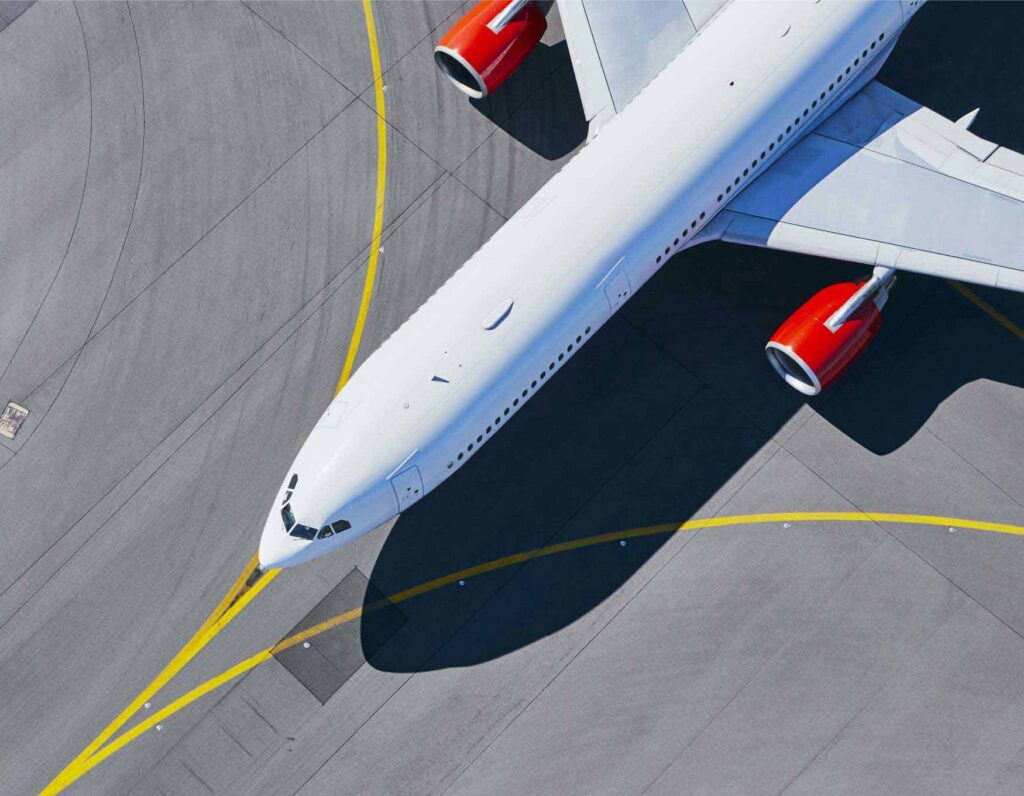



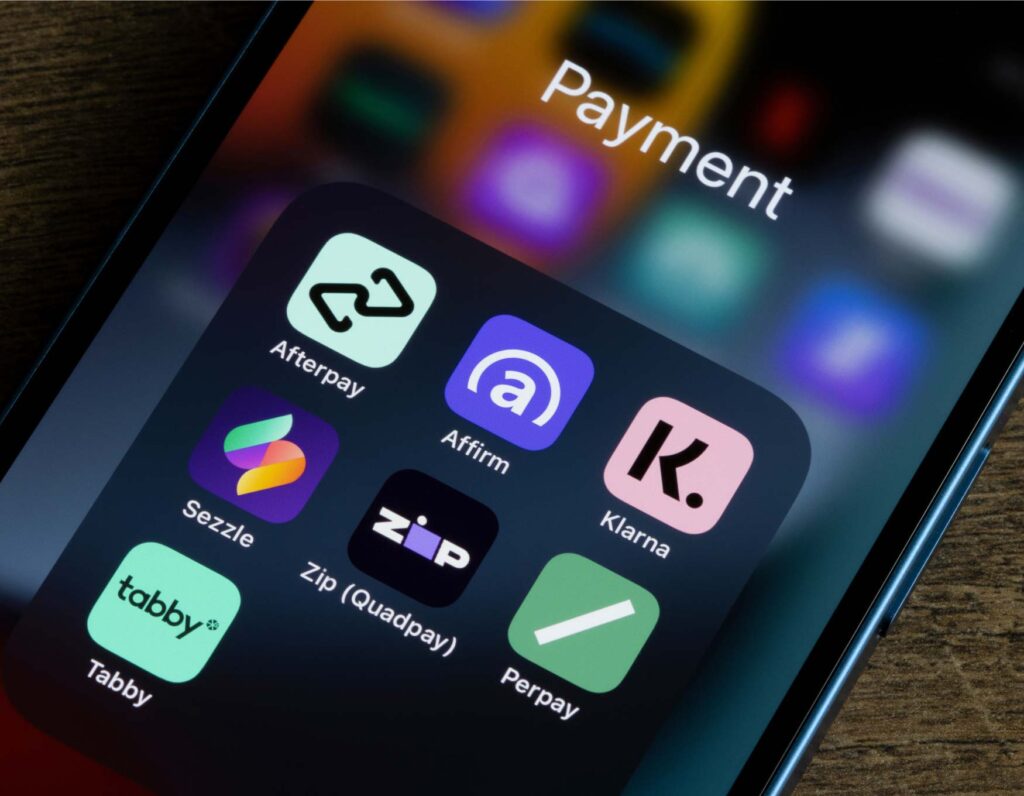
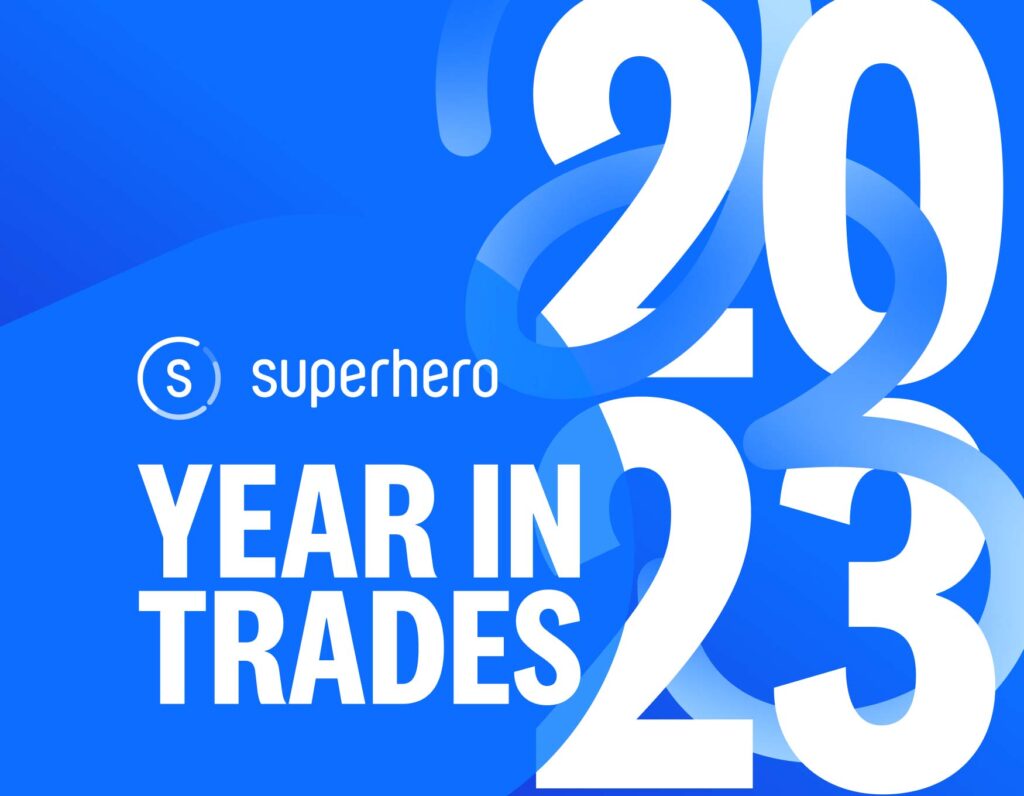
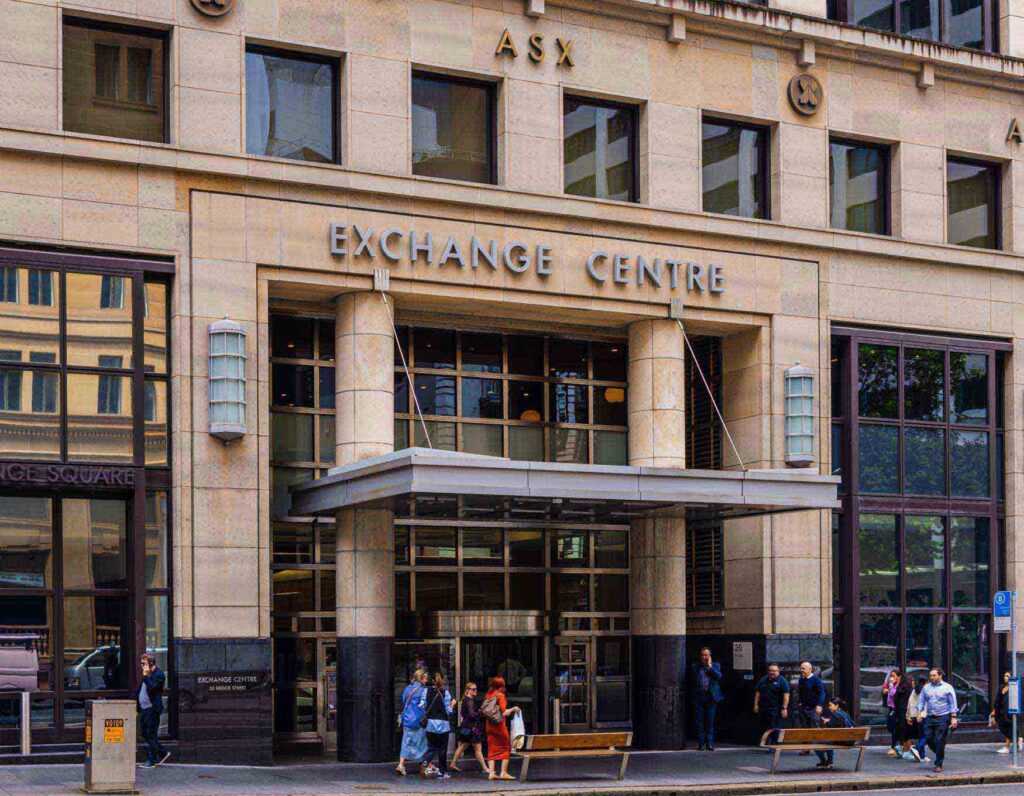

![The top ASX lithium stocks by trade volume and performance [2023]](https://www.superhero.com.au/wp-content/uploads/2023/06/24-03_blog_news_toplithiumstocks_hero@2x-1024x796.jpg)

